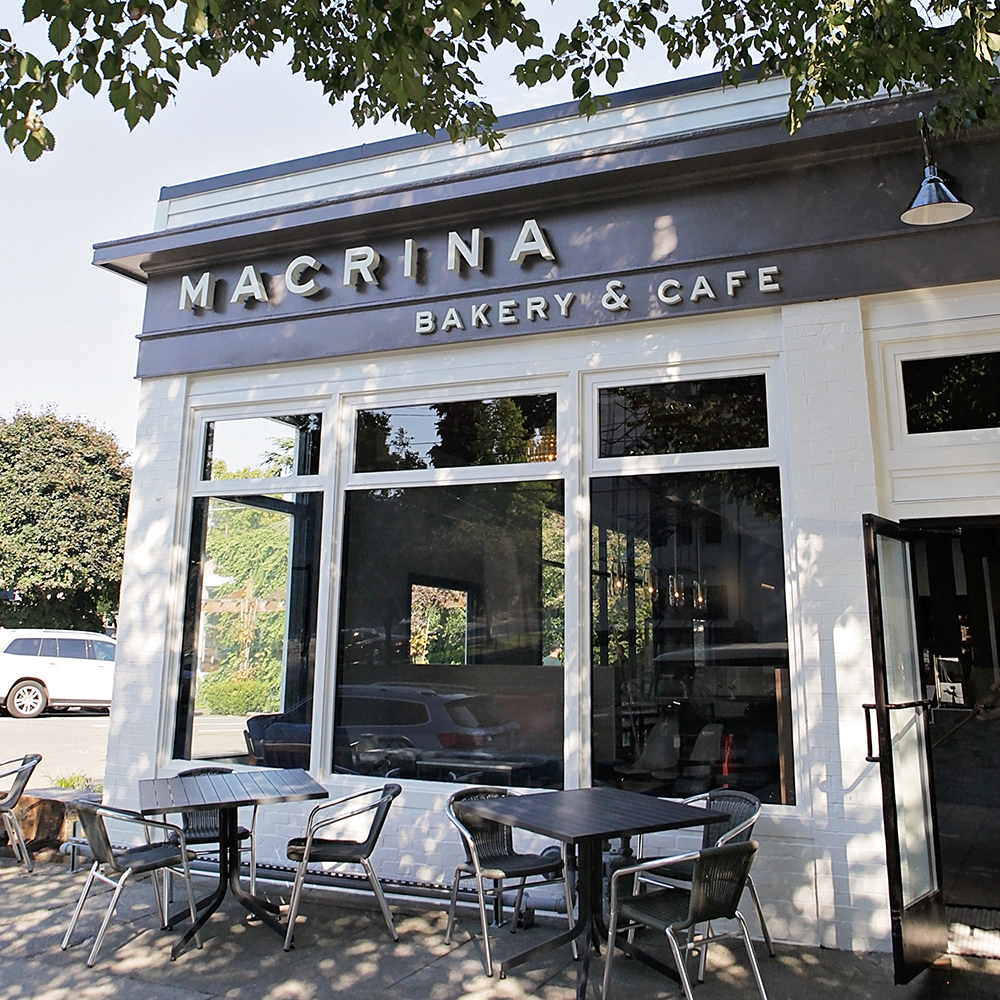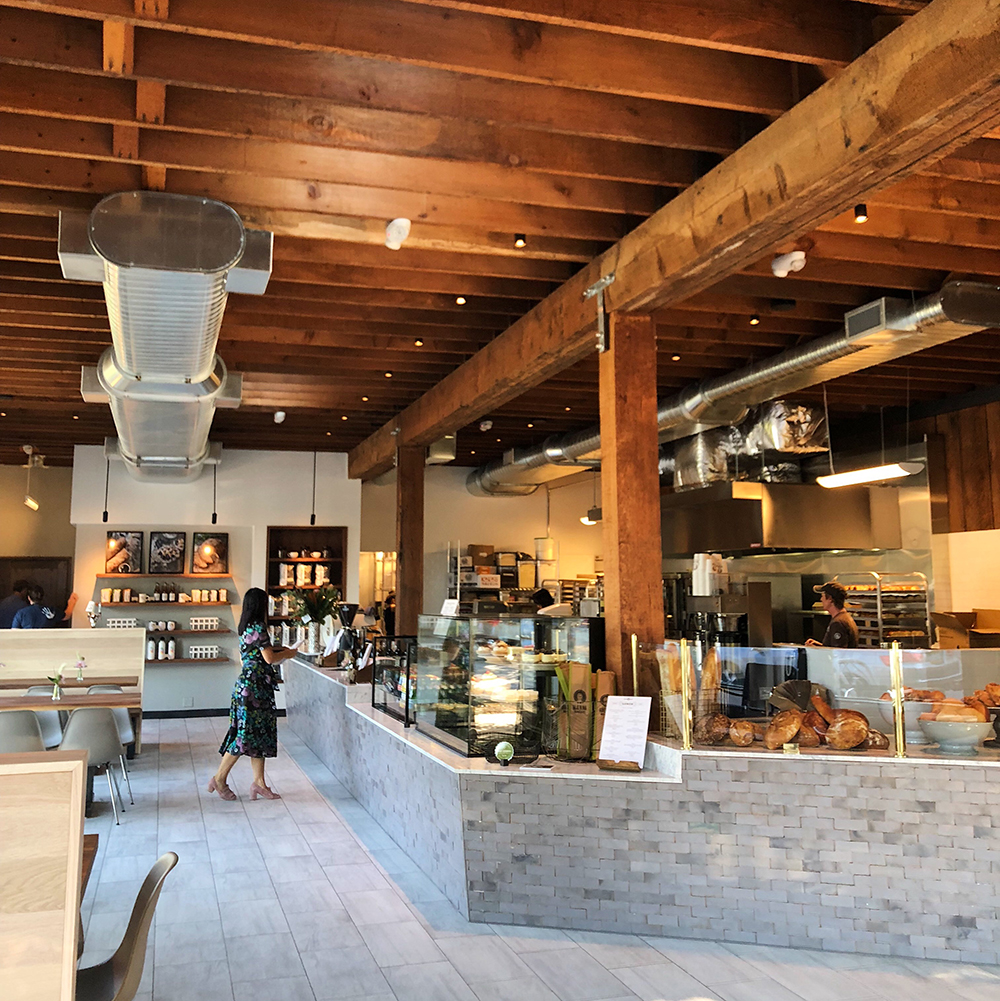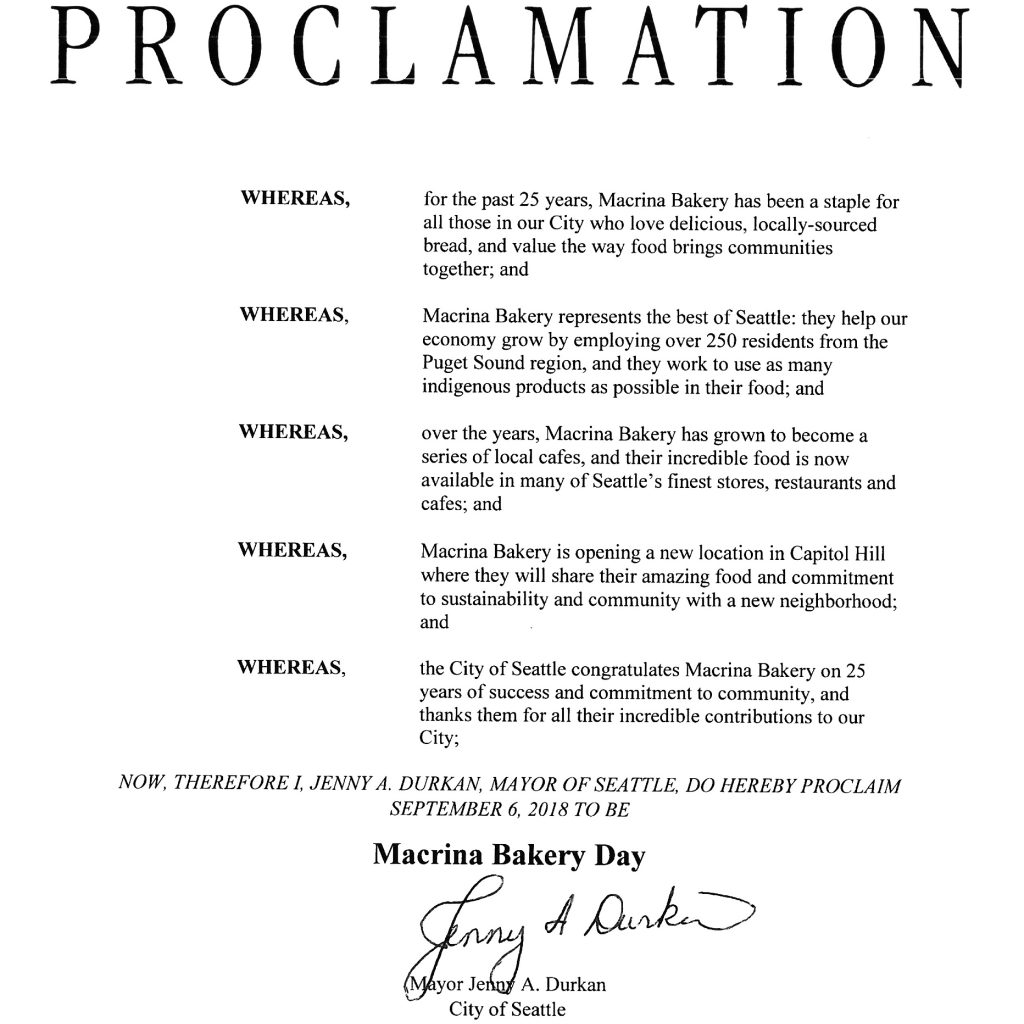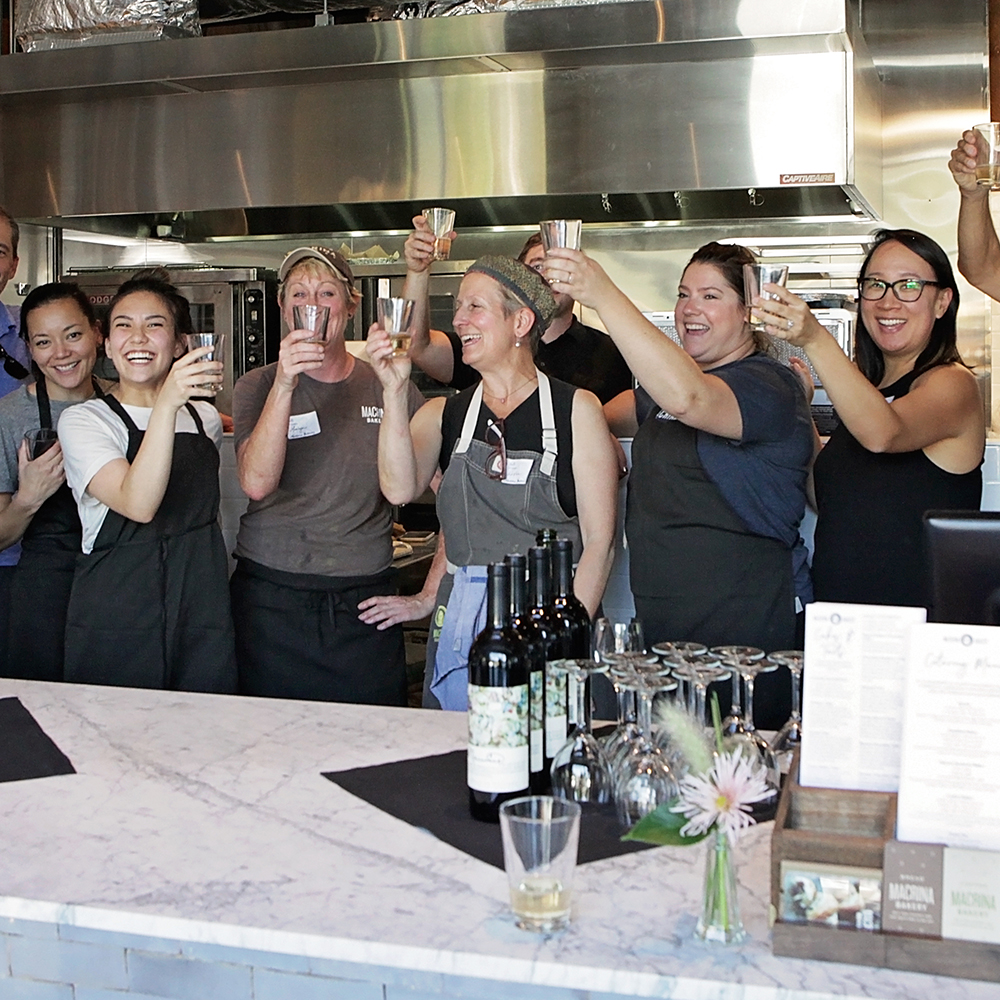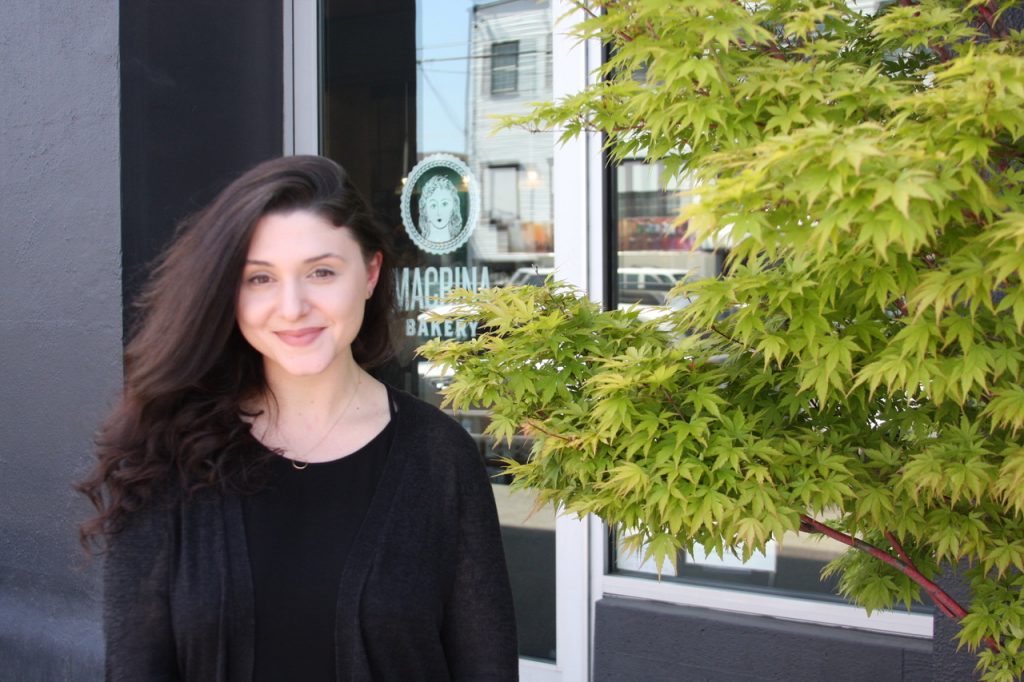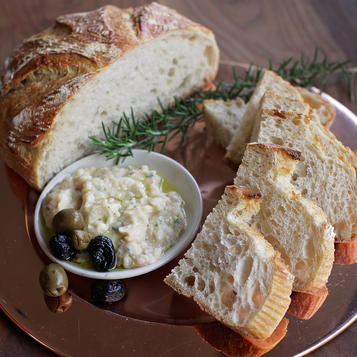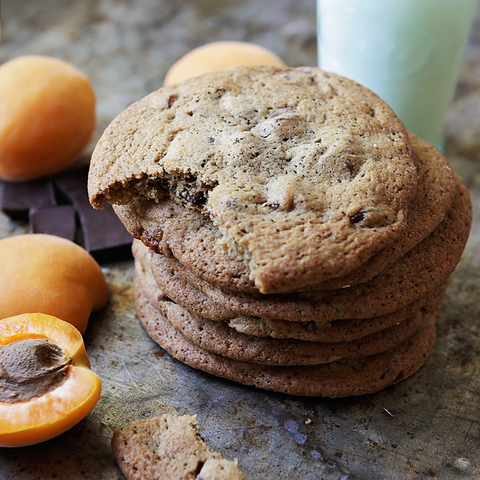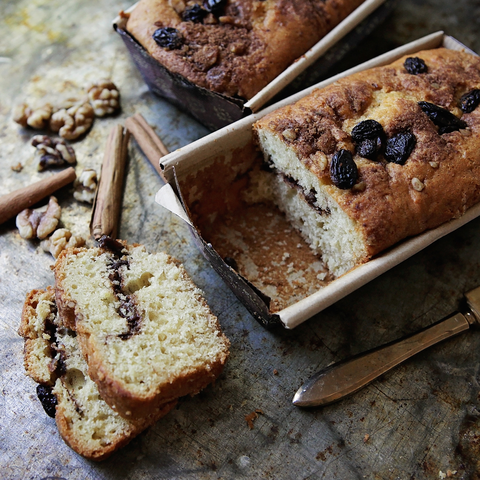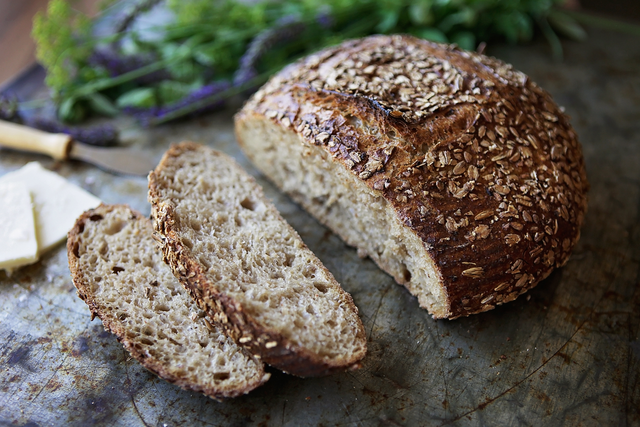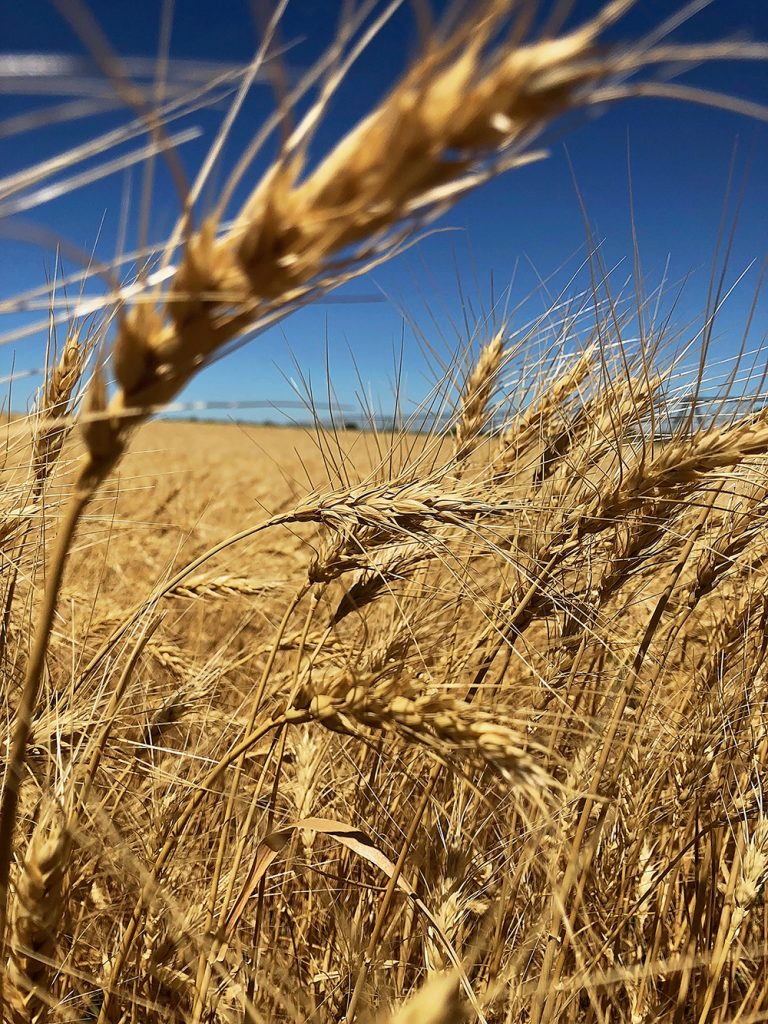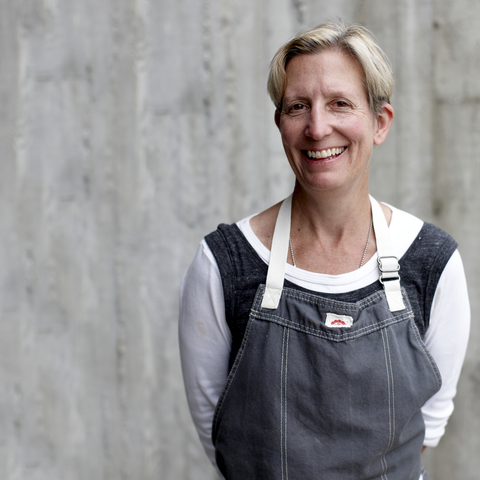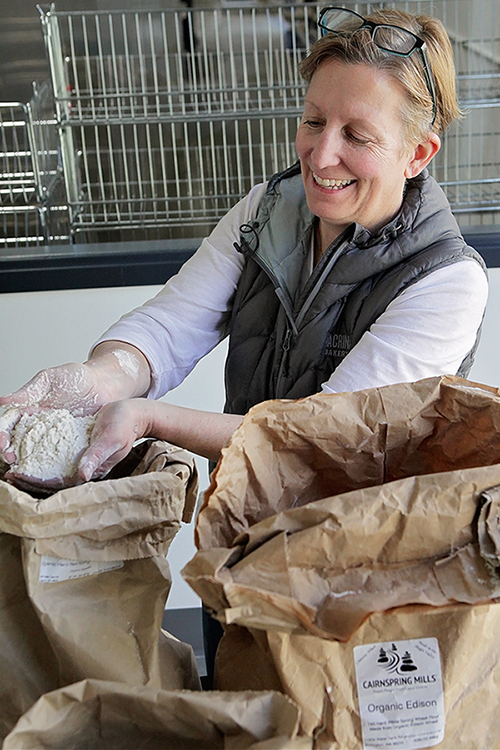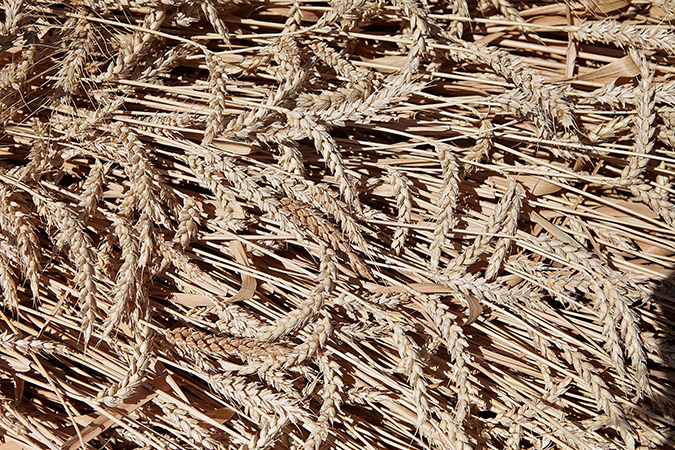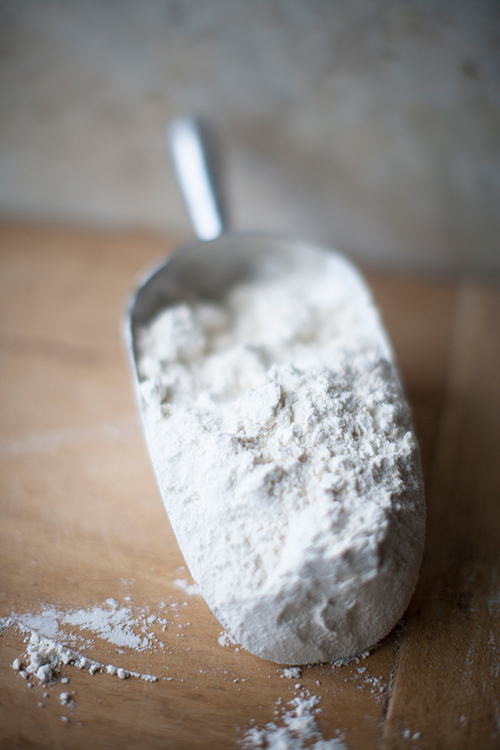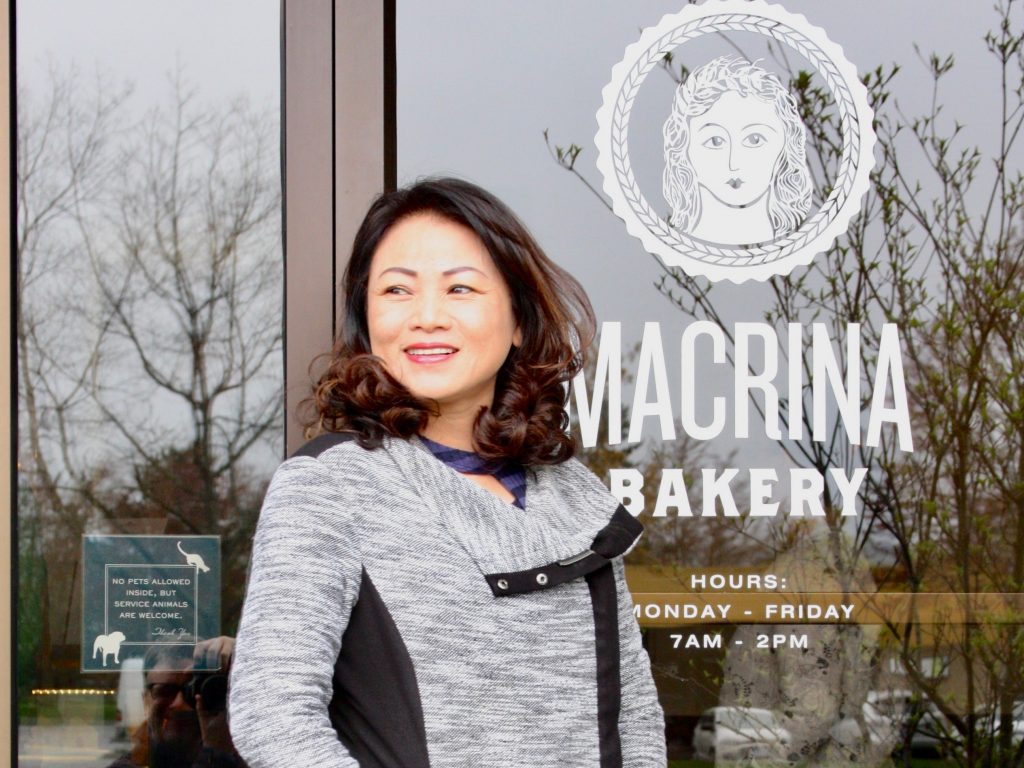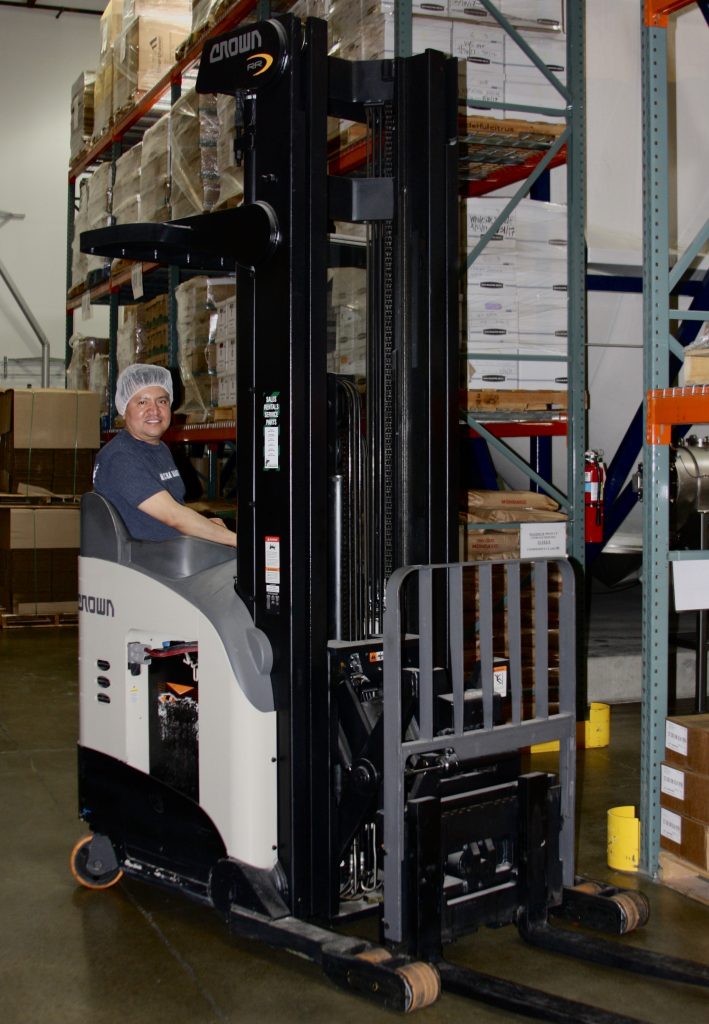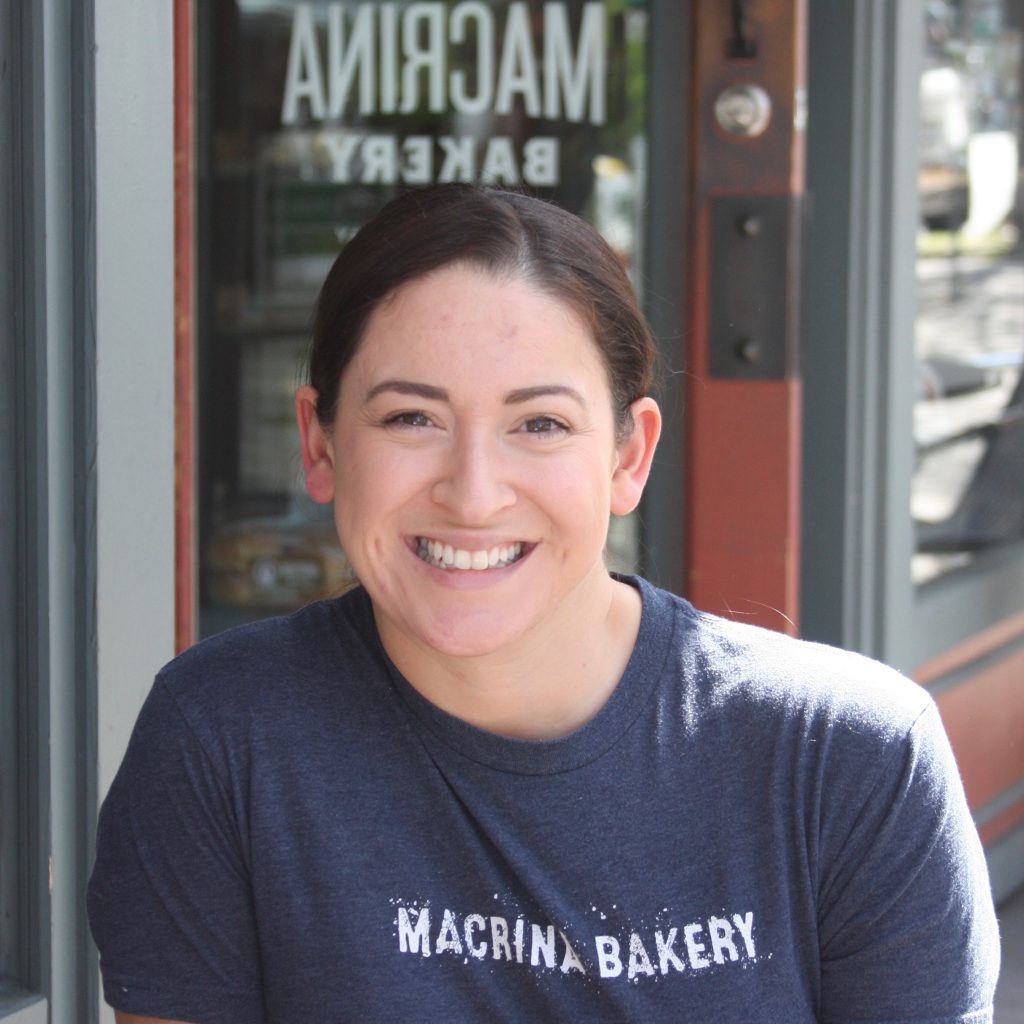Since I opened Macrina in 1993, so many amazing people have helped make the bakery what it is today. In honor of our 25th anniversary, we are spotlighting a few key employees. Each fills an essential role at Macrina.
Trieu Ly is an amazingly disciplined and meticulous person. I admire the pride he takes in his job and the entire performance of the packing department. His gentle personality and touch, both with baked goods and co-workers, make him a treasured member of our team. He’s consistently accurate and kind. He’s one of our best.
Leslie
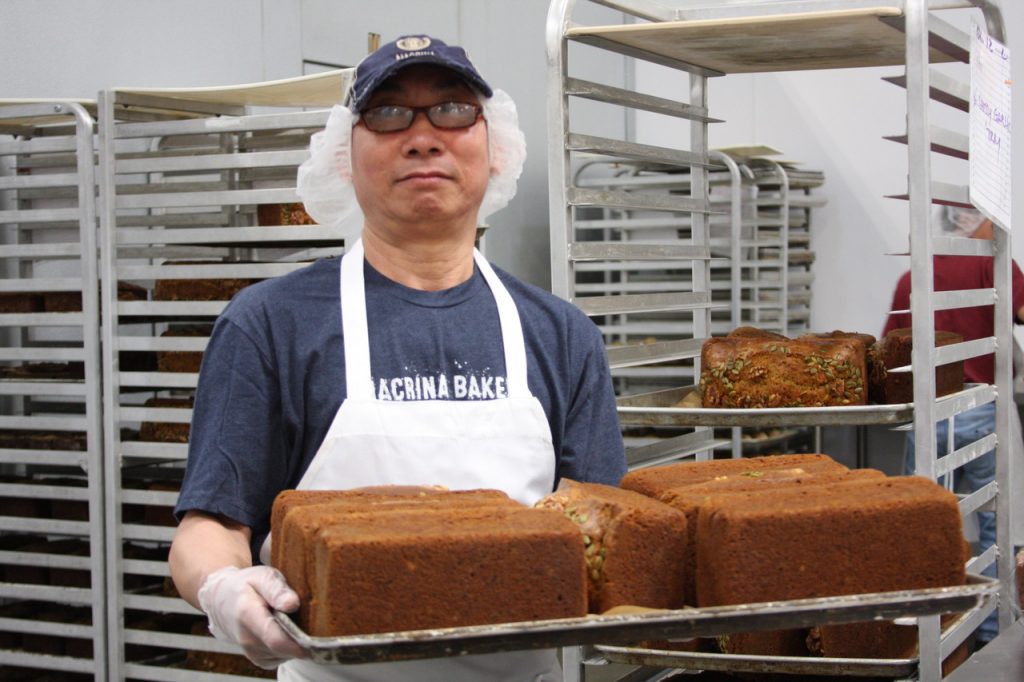
Between all the kneading, proofing, hand-shaping, baking, and delivery of our various products lies one essential step: packing. While easy to overlook as a major step in the process, it’s every bit as important. About 20 people work in our packing department. Our baked goods and pastries are delicate and must be handled with care, and our customers count on us for precision. Their businesses depend on what they order arriving on time and in excellent condition. Trieu Ly fills a critical role in this process.
Trieu in the Packing Department
We hired Trieu to as a packer ten years ago. By personality, he’s neat and organized. Through a translator, he says, “If you’re messy you waste lots of time looking for things. Efficiency is important. I think of the most efficient way to move through the bakery so I gather what I need to pack without wasting steps. At home, I’m the same. Just ask my wife.”
Trieu’s supervisor, Cong Son, backs this up. “Trieu is very organized, neat and careful at his work station,” says Cong. “In ten years, he’s made very few packing mistakes. He also helps me train new employees.”
Trieu and the packing team come in the evening and work late into the night, so that our products are fresh and ready to go in the morning. This schedule works well for Trieu because his wife works at a hotel during the day. When their two boys were younger—the youngest is now 19—this allowed them to have a parent around at all times to help with the many challenges and needs that come with raising children.
At Macrina, Trieu stuffs bread into bags and readies them for drivers. Pastries are packed by order. One of Trieu’s challenges and small joys at work is to look at an order, visualize how he will pack it, and choose a box that will fit without wasted space. “It’s like a puzzle,” he says. “You need to get all the delicate pastries into a box so that they don’t slide all over in delivery. And you don’t want to have to resort to a second box.”
Trieu’s Journey
When Trieu came to America from Vietnam, he had very little. “I had only two shirts and two pairs of pants,” he says. “Macrina helped my family and me a lot. They helped with living expenses, utilities, rent, and more.”
The story of Trieu meeting his wife is more adventurous than most. The Vietnam War displaced a significant number of Vietnamese citizens. About a million and a half refugees wound up in camps in Thailand, including Trieu’s wife. In 1989, Trieu got a ride into Cambodia, then traveled by foot into Thailand, a month-long journey in all. He and his wife met, fell in love, and married. For a time they stayed happily in Thailand, but eventually, the Thai government forced them to return to Vietnam. Life for returning war refugees in Vietnam was not good. Trieu’s brother, also a refugee, had come to Seattle in 1986. He sponsored Trieu and his family’s resettlement in the U.S.
“I’m very grateful to America for giving my wife and me an opportunity to work and to get a good education for our kids,” Trieu says.
He dreams of exploring more of America. His list includes skiing at Snoqualmie Pass and a California vacation. “In America, if you follow the rules of the road the police won’t pull you over,” he says. “In Vietnam, I used to get pulled over for a bribe no matter what I did.”
Trieu stays close to family, spending time with the kids when he can and visiting with his brother frequently. In his free time he spends hours tending his garden, and you guessed it, cleaning and organizing the house.

